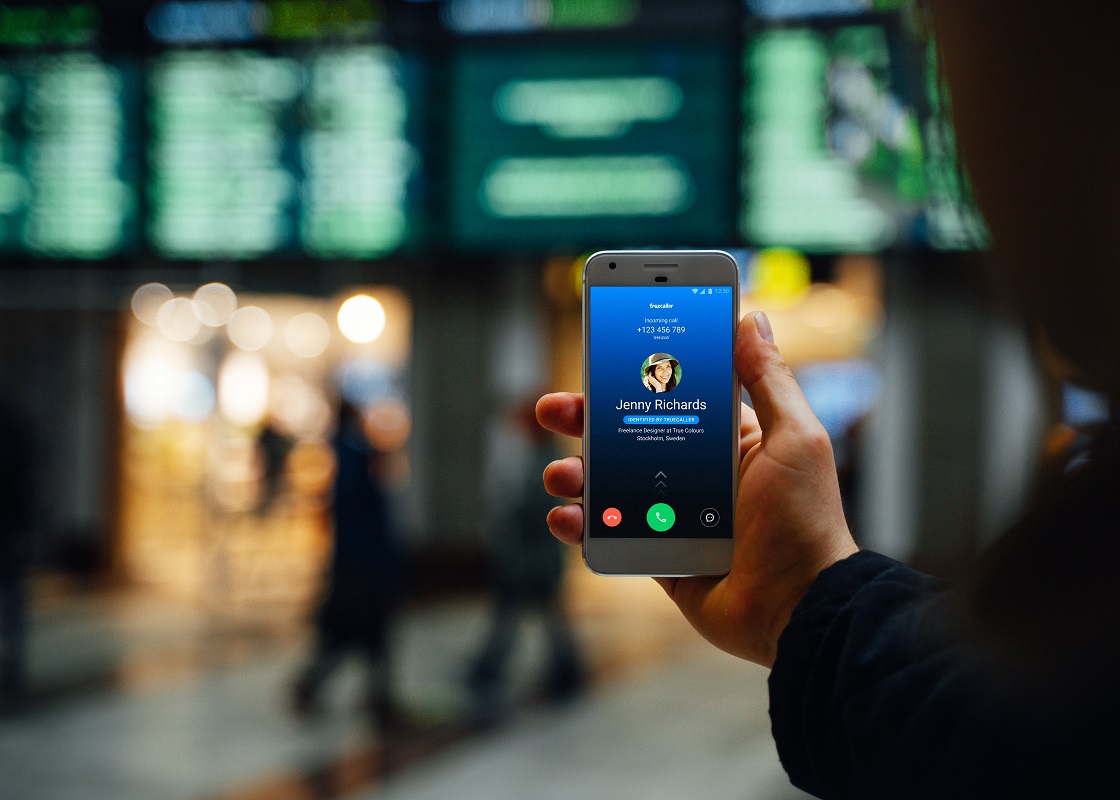DID, Caller ID, Number Porting and Call Forwarding Explained
Are you interested in growing your business but concerned about the increased costs associated with expanding your communications? If so, you may be interested in Direct Inward Dialing (DID), caller ID, number porting and call forwarding services. We’ve put together this handy guide to help you understand these essential terms. With this knowledge, you’ll easily see what will work for you and locate the services needed to transform your communications — allowing you to quickly utilise the improvements to develop your business.
What is Direct Inward Dialing (DID) or Virtual Numbers?
DID (or virtual numbers) refers to a large number of telephone numbers supported by a small number of physical phone lines. This removes the need to connect a mass of physical phone lines to the private telephone network used by your company: your Private Branch Exchange (PBX) system. As many as 100 phone numbers can be provided by less than ten phone lines!
So, why should your business use DID? Most businesses — from to finance, to healthcare, to hospitality and countless other sectors — want multiple telephone numbers for different purposes (like sales, customer services or individuals within the company), so by using DID your business can provide customers with individual phone numbers for people and areas within the company.
The professional image established by assigning unique numbers is unmatched, as you’ll automatically be seen as a large and professional organisation. The provided numbers aren’t tied to a specific device, so DID also offers flexibility for your employees by allowing them to control where incoming calls are handled and allows you to easily assess their performance.
What is Caller ID?
Caller ID (also known as Calling Line Identity or CLI) is a valuable service that allows the receiver to see the number of the calling phone and, by way of this, the identity of the caller or location of the call. It is a greatly customisable method of call distribution as it allows for the identified call to be directed within the business; this maximises the efficiency of your workforce. It is also valuable to each customer and improves both answer and call-back rates, for example as different Caller ID’s can be displayed depending on the location being contacted. The option to hide the Caller ID is also configurable.
Number Porting vs. Call Forwarding?
Two other essential terms to familiarise yourself with are number porting and call forwarding. Number porting is the process of transferring an existing telephone number, while call forwarding refers to incoming calls that are directed to another number of your choice. To decide between the two, ask yourself if you would like to permanently move a number somewhere else or direct a call within your business. If you prefer the former, opt for number porting. If you’d like the flexibility of the latter, then call forwarding is for you.
Call forwarding also allows the creation of a virtual PBX system by branching from your main line — allowing you to use your existing phones and avoid the need for additional hardware.
Why use Microtalk?
It’s clear that most businesses can benefit from a combination of Direct Inward Dialing, caller ID, and number porting or call forwarding. These services allow you to boost productivity, simplify your business, save money and improve customer service.
Microtalk is ready to look after your communications and allow you to improve your company. We offer all services — including DID, caller ID, number porting and call forwarding — required to transform the telecommunications of your business.
